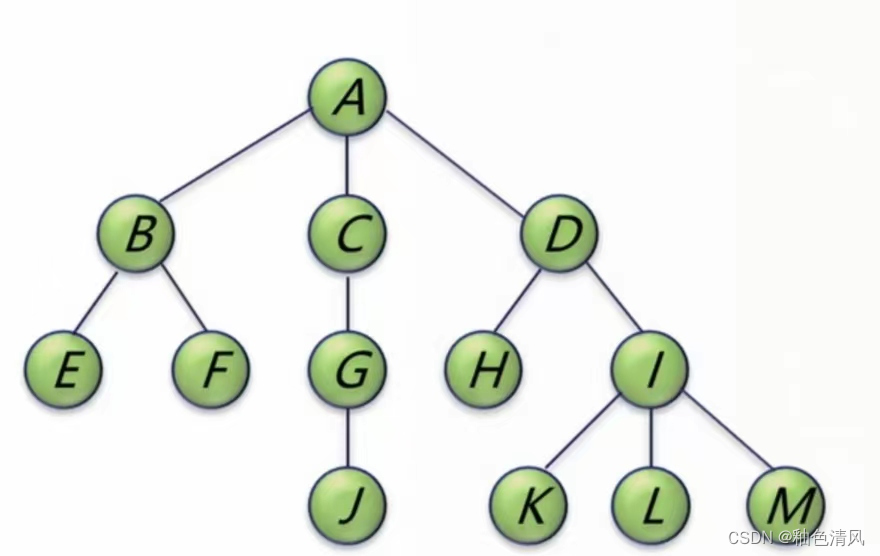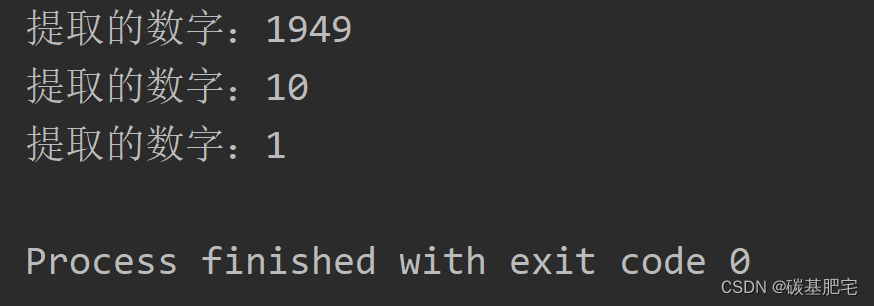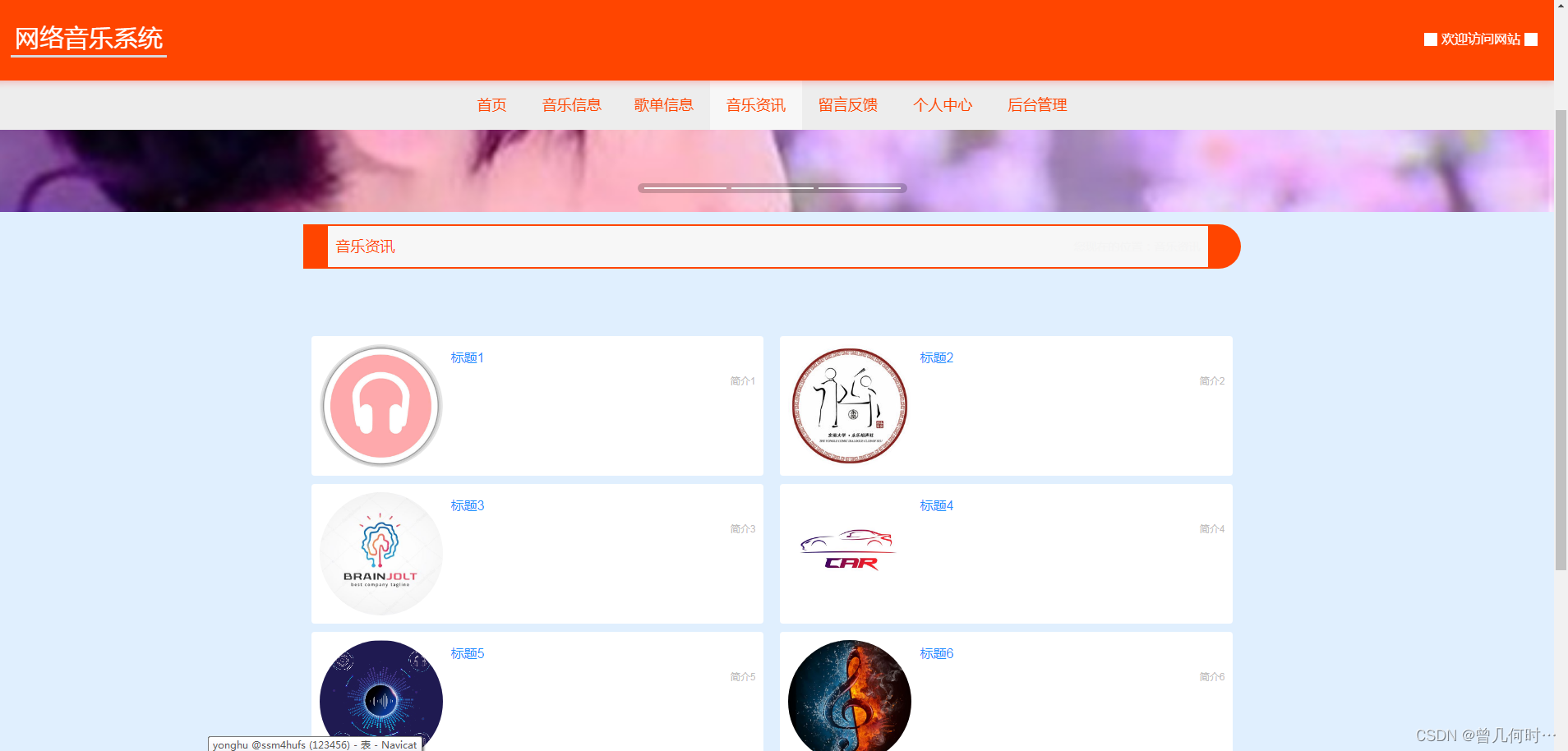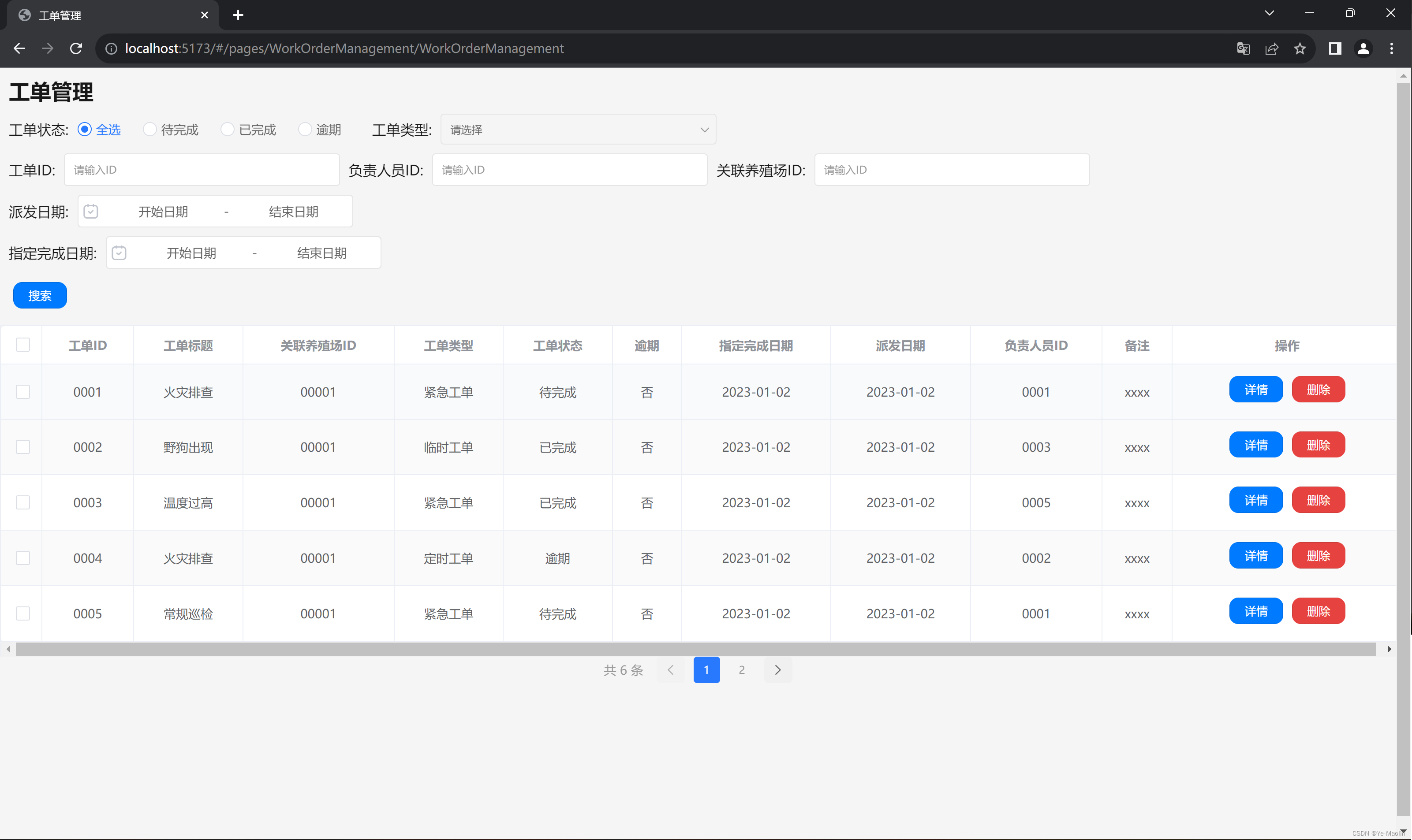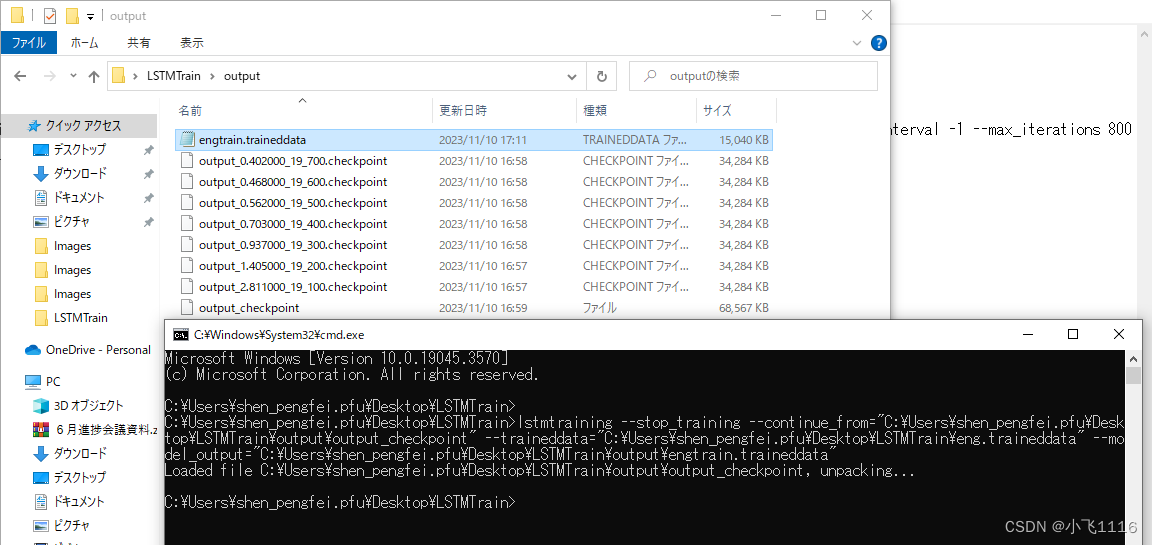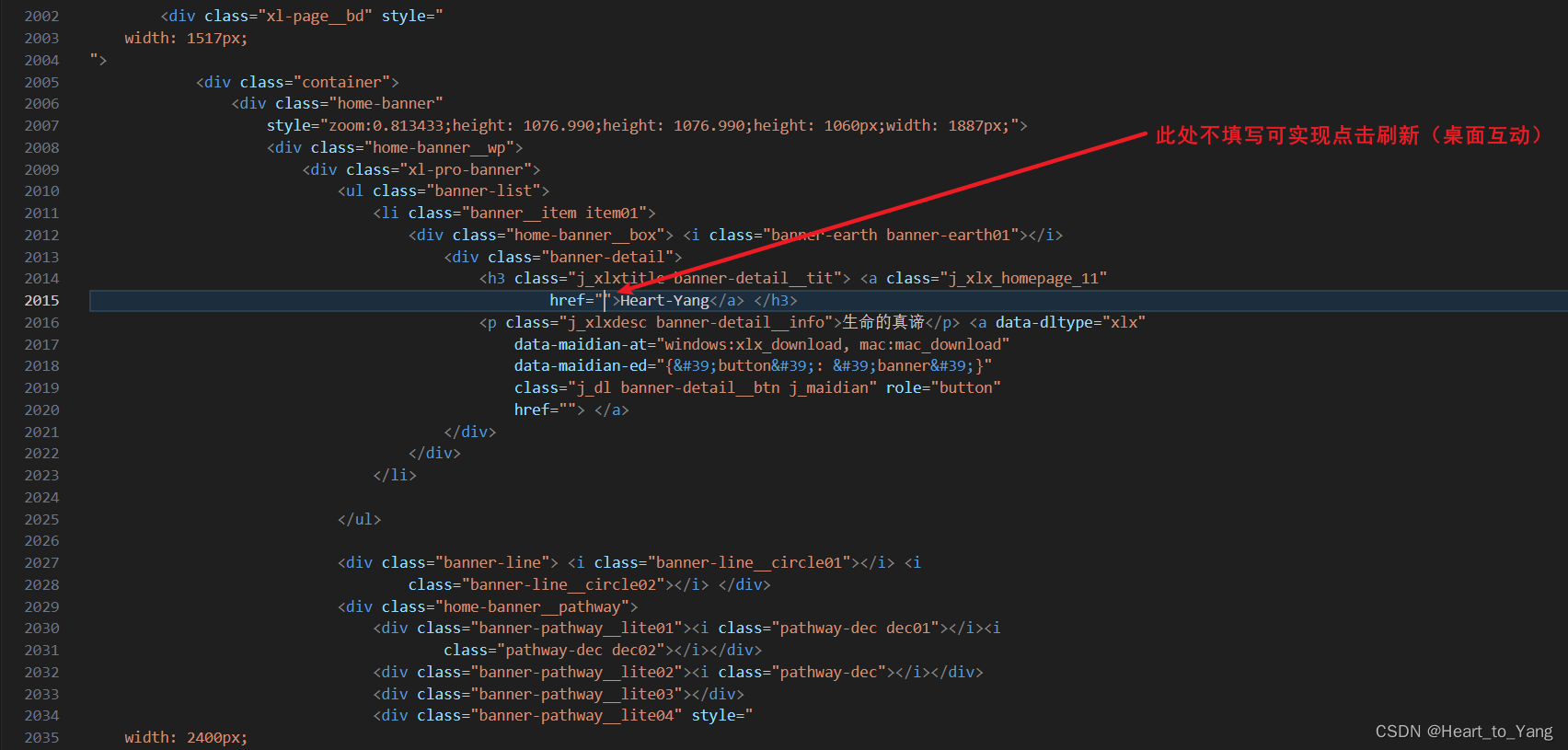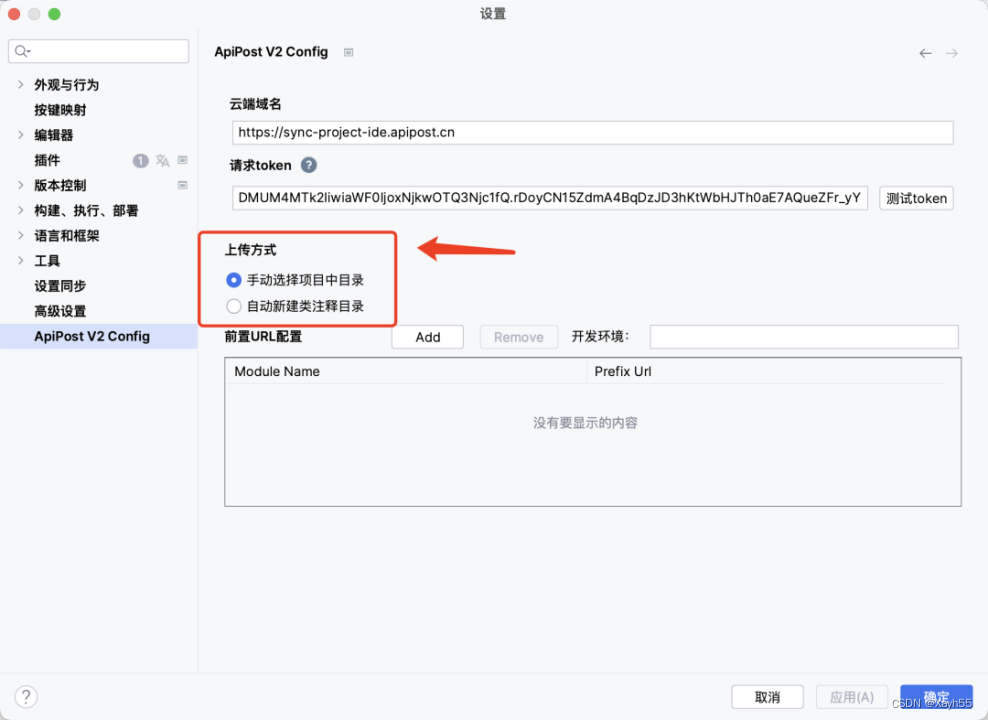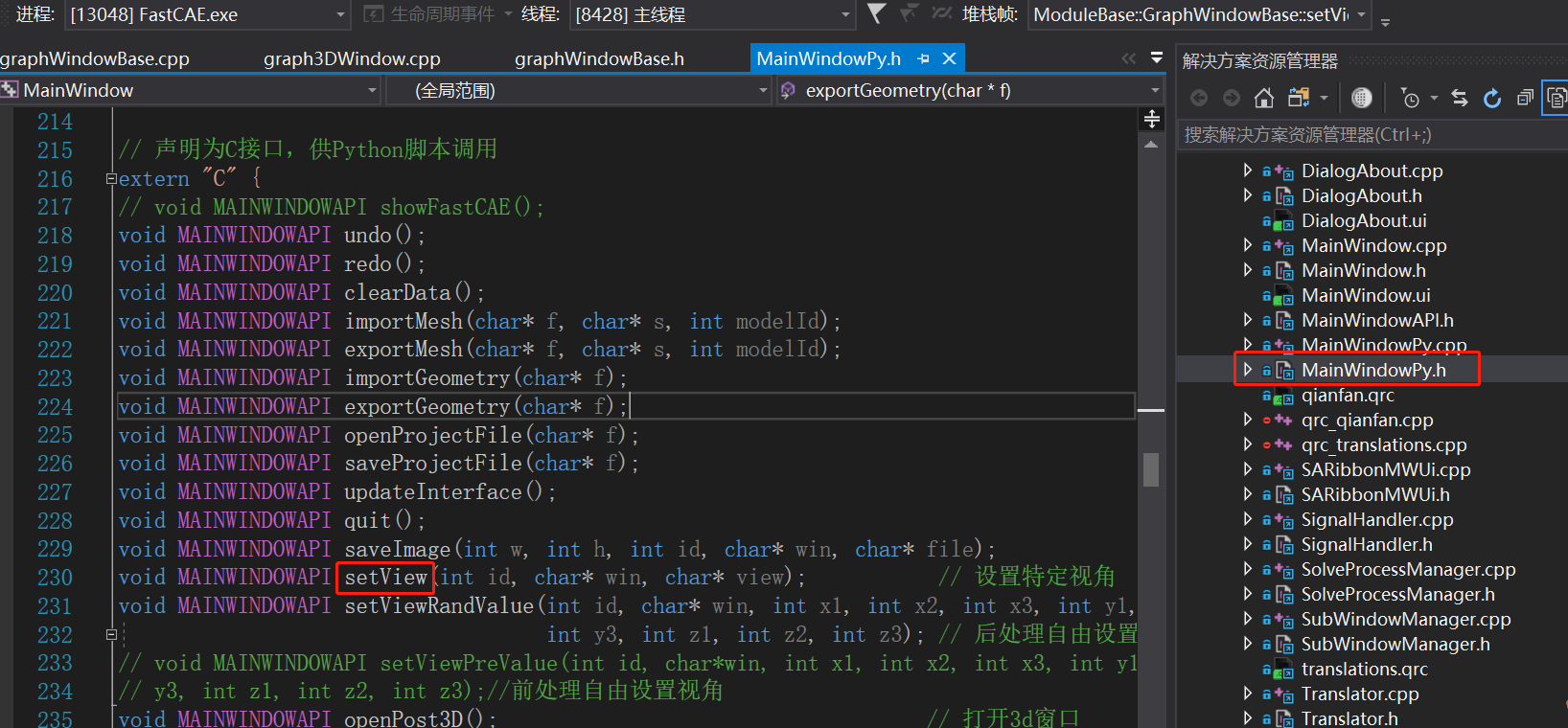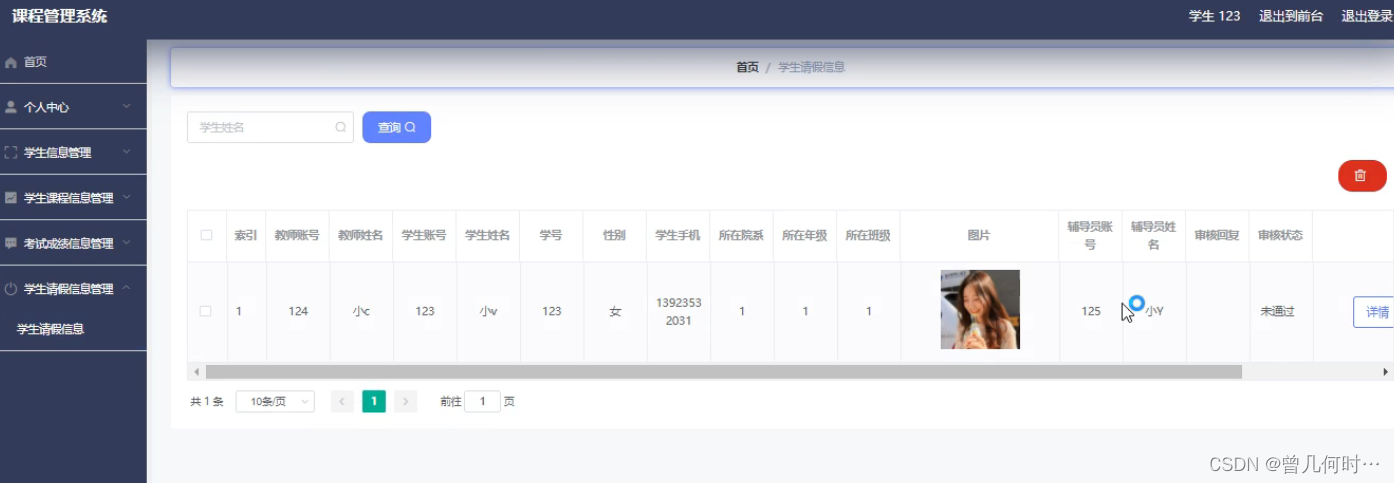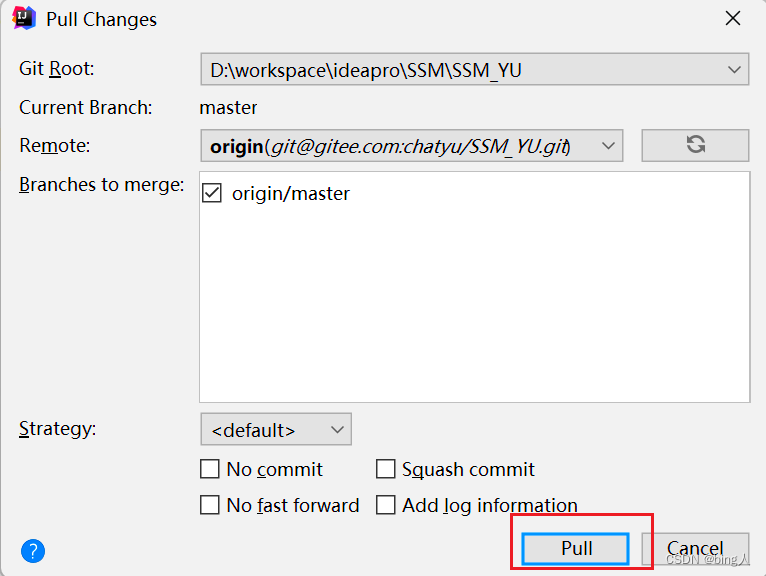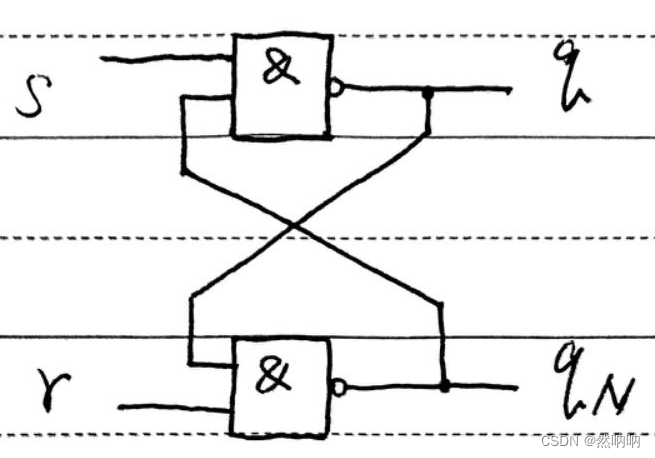字符串
1.字符串
字符串也是数据容器的一种,字符串是字符的容器,一个字符串可以存放任意数量的字符。
2.字符串的下标索引
- 从前向后,下标从0开始
- 从后向前,下标从-1开始
# 通过下标索引获取特定位置的字符
name = 'python'
print(name[0]) # 结果 p
print(name[-1]) # 结果 n
- 同元组一样,字符串也是一个
无法修改的数据容器
3.字符串的常用操作
- 查找特定字符串的下标索引值
- 语法:字符串.index(字符串)
my_str = 'itcat and itheima'
print(my_str.index('and')) # 输出 6
- 字符串的替换
- 语法:字符串.replace(字符串1,字符串2)
- 功能:将字符串内的全部:字符串1,替换为字符串2
- 注意:不是修改字符串本身,而是得到一个新的字符串
name = 'itcat and itheima'
new_name = name.replace('it','传智')
print(new_name) #结果 传智cat and 传智heima
print(name) # 结果 itcat and itheima
- 字符串的分割
- 语法:字符串.split(分割字符串)
- 功能:按照指定的分隔符字符串,将字符串划分为多个字符串,并存入列表中
- 注意:字符串本身不变,而是得到一个新的列表对象
name = 'itcat and itheima'
new_name = name.split(" ")
print(new_name) # 结果 ['itcat', 'and', 'itheima']
- 字符串的规整操作(去前后空格)
- 语法:字符串.strip()
name = ' itcat and itheima '
new_name = name.strip()
print(new_name) # 结果 itcat and itheima
- 字符串嗯对规整操作(去前后指定字符串)
- 语法:字符串.strip(字符串)
name = '12itcat and itheima21'
new_name = name.strip('12')
print(new_name) # 结果 itcat and itheima
- 统计字符串中某字符串的出现次数
- 语法:字符串.count(字符串)
name = 'itcat and itheima'
num = name.count('it')
print(num) # 结果 2
- 统计字符串的长度
- 语法:len(字符串)
name = 'itcat and itheima'
print(len(name)) # 结果 17
| 编号 | 操作 | |
|---|---|---|
| 1 | 字符串[下标索引] | 根据索引取出特定位置的字符 |
| 2 | 字符串.index(字符串) | 查找给定字符的第一个匹配项的下标 |
| 3 | 字符串.replace(字符串1,字符串2) | 将字符串内的全部字符串1,替换为字符出串2;不会修改原字符串,而是得到一个新的 |
| 4 | 字符串.split(字符串) | 按照给定的字符串,对字符串进行分隔不会修改原字符串,而是得到一个新的列表 |
| 5 | 字符串.strip();字符串.strip(字符串) | 移除首尾的空格核换行符或指定字符串 |
| 6 | 字符串.count(字符串) | 统计字符串内某字符串的出现的次数 |
| 7 | len(字符串) | 统计字符串的字符个数 |
4.字符串的遍历
- while遍历
my_str = '程序员'
index = 0
while index < len(my_str):
print(my_str[index])
index += 1 # 结果 程序员
- for遍历
my_str = '程序员'
for element in my_str:
print(element) # 结果 程序员
5.字符串的特点
只可以存储字符串- 长度任意(取决于内存大小)
- 支持下标索引
- 允许重复字符串存在
不可以修改(增加或修改元素)- 支持while、for循环
6.练习
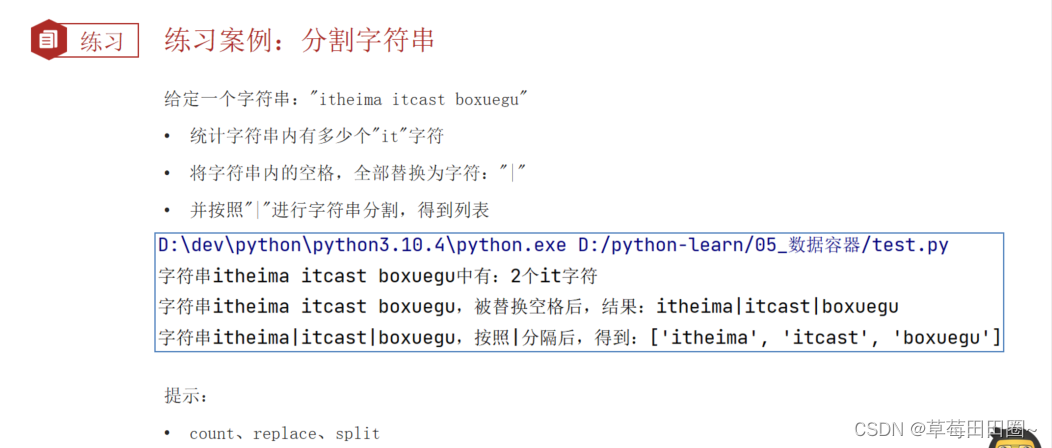
# 定义一个字符串
my_str = 'itheima itcast boxuegu'
# 统计字符串内有多少个'it'字符
print(f"字符串{my_str}中有:{my_str.count('it')}个it字符")
# 将字符串内的空格,全部替换为字符:“|”
print(f"字符串{my_str},被替换空格后,结果:{my_str.replace(' ','|')}")
# 并按照“|”进行字符分割,的带列表
new_str = my_str.replace(' ','|')
new_str2 = new_str.split("|")
print(f"字符串{new_str},按照|分隔后,得到:{new_str2}")
## 输出
字符串itheima itcast boxuegu中有:2个it字符
字符串itheima itcast boxuegu,被替换空格后,结果:itheima|itcast|boxuegu
字符串itheima|itcast|boxuegu,按照|分隔后,得到:['itheima', 'itcast', 'boxuegu']
